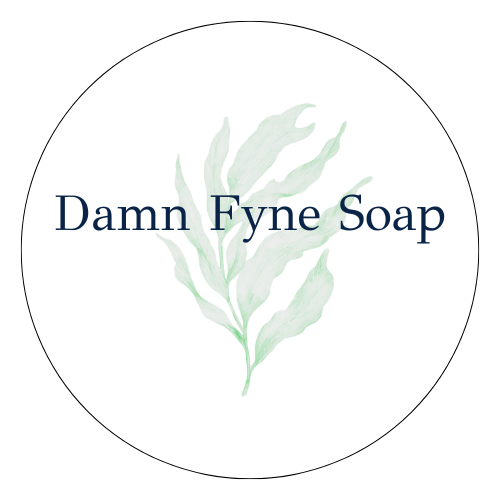Unveiling the Science of Cold Process Soap Making: Crafting Natural Beauty Bar
Share

Understanding the Science Behind Cold Process Soap Making
Ever wondered about the magic behind the luscious bars of soap you use daily? Let's delve into the science behind cold process soap making, a traditional technique that brings the best of nature to your skincare routine.
What is Cold Process Soap?
Cold process soap is a method that involves combining alkali (sodium hydroxide, commonly known as lye), water, oils, and butters. Although these ingredients don’t naturally mix well together, they undergo a fascinating chemical process called saponification, transforming them into luxurious soap.
The Role of Heat in Cold Process Soap
Despite its name, the cold process method does require some heat to melt the oils and butters. The lye solution, made by mixing sodium hydroxide with water, generates its own heat during the reaction. When the hot lye solution is combined with the melted oils and butters, it kick-starts the saponification process.
The Science of Saponification
Saponification is the chemical reaction that occurs when fats or oils (esters) are broken down by the lye solution, releasing fatty acids and glycerol. This process results in the formation of soap and glycerin—a byproduct that is wonderfully moisturizing for the skin.
Here’s a simple breakdown of the process:
-
Lye Solution Creation: Sodium hydroxide is mixed with water, generating heat.
-
Oil and Butter Melting: Oils and butters are melted to mix seamlessly with the lye solution.
-
Saponification: The hot lye solution is combined with the melted oils and butters, breaking down esters into fatty acids and glycerol, thus forming soap.
Safety and Quality Assurance
It’s crucial to note that while the lye solution is essential for soap making, it is entirely consumed during saponification. This means there is no sodium hydroxide residue left in the final product. You’re left with a bar of soap that’s safe, gentle, and effective.
The Curing Stage
After saponification, the soap undergoes a curing stage, where it is left to dry out for 4-6 weeks. During this time, any remaining traces of lye continue to transform into soap, and the water content evaporates, resulting in a harder, longer-lasting bar. The longer the soap cures, the harder and more durable it becomes.
The Art of Handcrafting
Understanding the cold process method sheds light on the meticulous craftsmanship behind each handmade soap bar. At Damn Fyne Soap, every bar is crafted with care and precision, ensuring you receive a product that embodies the essence of natural luxury.
